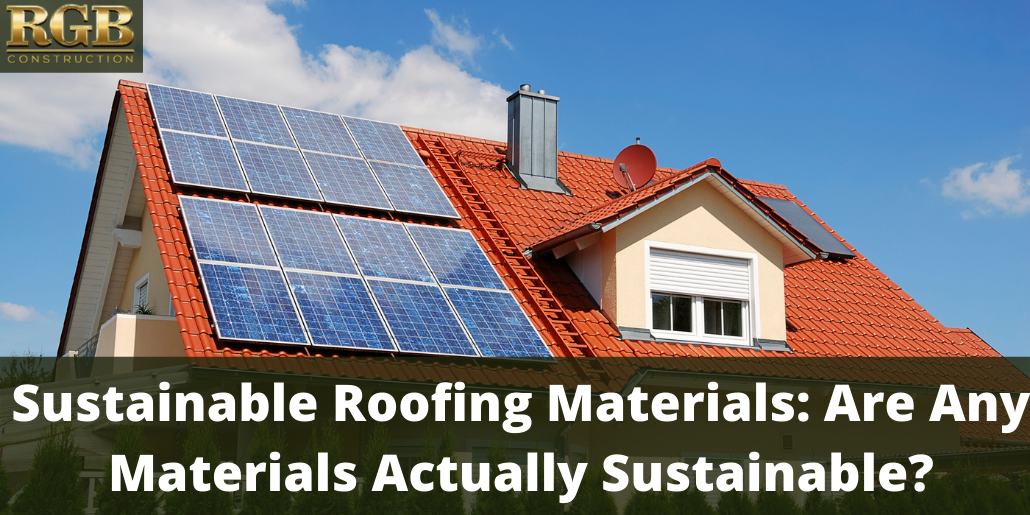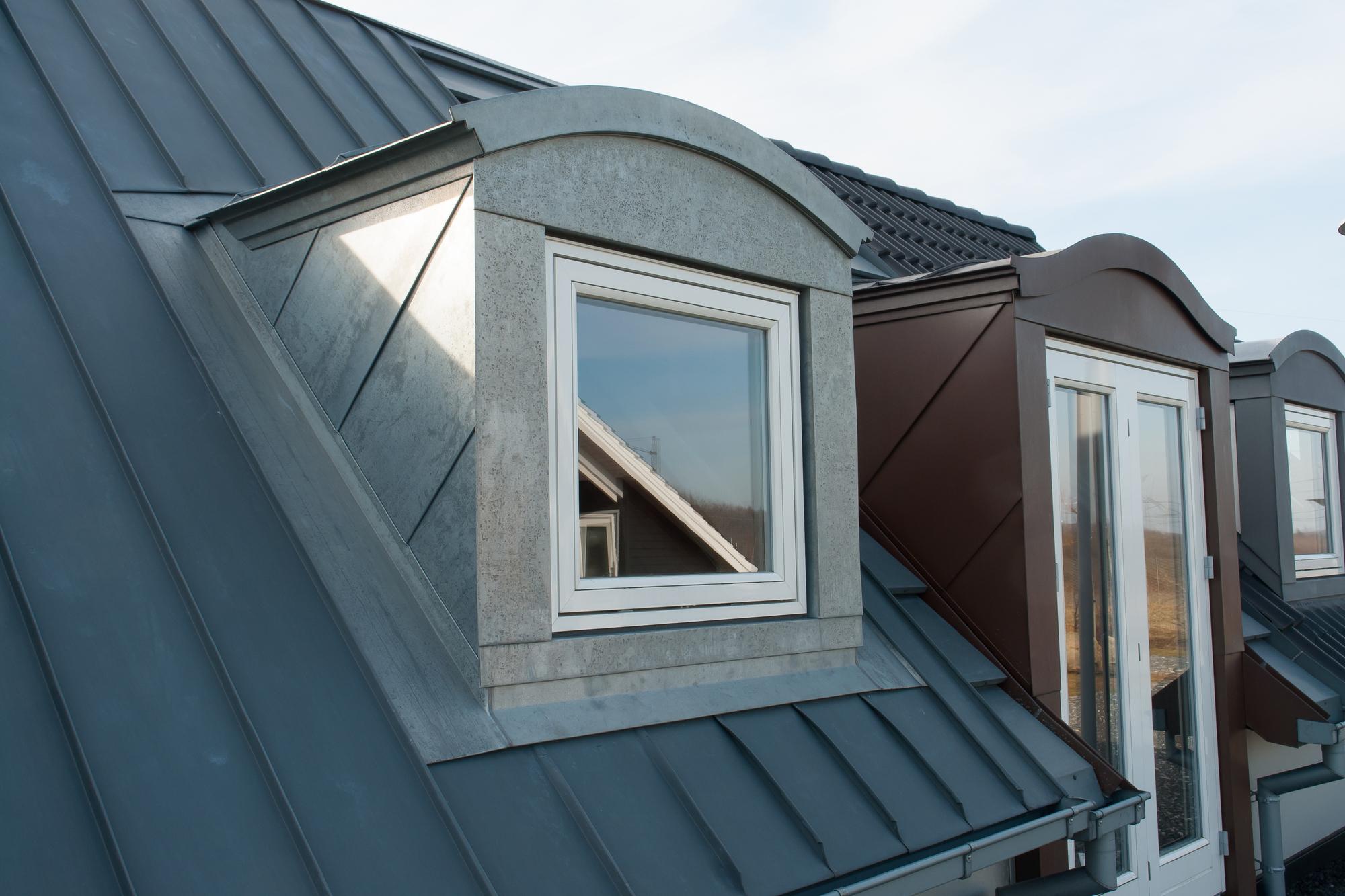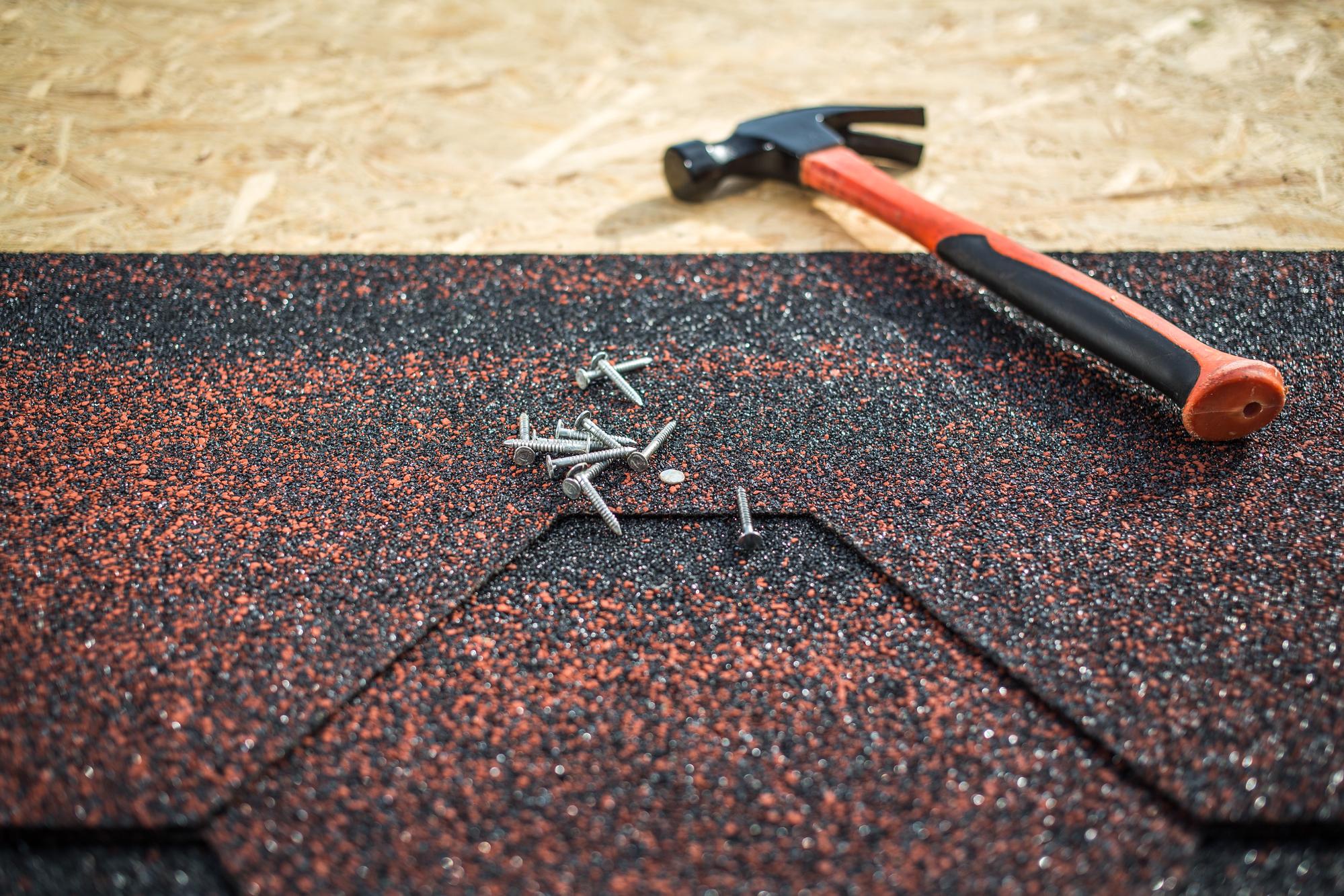For many homeowners, a roof replacement is an expensive home project. Your roof is the centerpiece of your home, and you want it to stand out in the neighborhood. When you are ready to replace your roof, you will need durable materials for the project. Many people are also using sustainable products for a greener living space. Here are some things to consider when selecting those sustainable roofing materials for your house.
Is Your Roof Environmentally Responsible?
If you are thinking about “going green,” you should know a few things about your project. Sustainable roofs are more than the raw materials used in the manufacturing process. These products must perform over the roof’s lifetime, and they cannot add any toxic chemicals to the environment when it is time for disposal. With these standards, it is important to choose the right product for your home.
During your search for sustainable materials, you will want to consider the performance factors of these products. If you want a product that can reduce the cost of cooling your home, you should select one with heat gain resistance. The Energy Star program certifies many roofing materials for their heat reflectivity. When the material reflects heat away from your roof, these materials can lower your cooling costs.
Make Your Roof Sustainable
By definition, a sustainable material is produced without harm to the environment or the resource. If you use a roofing material that uses mined materials or fossil fuels, they are not sustainable. These products are made from irreplaceable sources. This definition rules out many of the popular options in the marketplace. Here is a brief overview of these roofing materials.
Slate Roofing
Slate roofing materials can add beauty to your home. In some cases, the slate can outlast the life of your house. However, these materials are bulky and expensive. Along with that, many resources are used to process and transport the materials. If you plan on adding a slate roof to your home, your building will require heavy-duty roof framing. As a result of that, you will need additional materials to secure the slate to the roof.
Metal Roofing
Metal roofs are long-lasting and attractive. These materials are easily recyclable and often contain recycled content. Aluminum and steel are the most common materials used for these roofs. While metal is mined from the ground, these materials are usually not considered sustainable. Metal roofs use energy-intensive processes to produce the material. However, if you are looking for some heat reflectivity, a metal roof is a great choice.

Wood Shingles
Wood shingles are considered the only sustainable roofing material on the market, but not all wood products are environmentally responsible. You need to verify that your wood is produced from a sustainably harvested resource. These materials require an energy-intensive process to produce, and they are not very durable. When you need to dispose of the material, it is
considered biodegradable as long as the shingles have not been treated with chemicals.
Terra Cotta Roofs
These types of roofs are also called clay tile roofs, and they are incredibly durable. However, these materials are expensive and heavy. Terra cotta is made with natural clay and fired like a ceramic tile. You can add special paints or glazes to the tiles, but these elements might make them a hazard when it is time for disposal. Many clay tile manufacturers claim that their materials are sustainable.
Asphalt Shingles
These shingles are often called composite shingles. They offer excellent heat reflectivity and durability. These shingles contain fiberglass, paper, tar, or other petroleum products. Asphalt shingles are not biodegradable or able to be widely recycled. Since they are a petroleum product, they are not considered a sustainable roofing material.
Choosing a Sustainable Roofing Material
Now that you know about the choices for your roof, you will want to narrow down a selection for your home. For greater sustainability, you should choose a product that can be recycled. It is vital to avoid any materials that have a coating. For example, copper-coated materials can end up in your water sources.
Maintenance of the materials should be another factor in your decision. If toxic products are used to help maintain its appearance, it is not considered a sustainable or green material. Many of these sustainable products are heavy, and they often need additional resources to secure the building. By adding more resources to your roof, your product might not be as sustainable as you think.
For a greener home, you should select roofing materials with high reflectivity. Lighter shades of roofing materials can reduce your energy costs. With these choices, you can save on those cooling bills and reduce your energy usage throughout your home.
Finally, you should choose a product with a great warranty. Many of the products offer warranties that last for several years. You will pay more for a sustainable roof, but it will last longer than those cheaper products.
Make a Sustainable Green Roof
There is another option for your home. In some areas, you can choose a “living” roof. These roofs are great for low-slope or flat roofs. They are covered by grass or small plants. You will need to add a layer of waterproof material and a growing medium to build this roof.
However, these roofs are expensive and require plenty of maintenance. There are some benefits to adding them to your home. The plants add insulation as they absorb rainwater from the roof. If you live in an urban environment, these roofs are perfect for reducing heat around the building. Since these green roofs need a rubber membrane to waterproof your home, they are not considered a sustainable product.
Find Your Roofing Contractor Today!
Today, there are limited options for a truly sustainable roof. You can still find greener roofing materials for your house. If you want to know about options for your home, make sure to contact RGB Construction. We can help you find the right materials for your roof. To schedule a consultation, please fill out the contact form.









